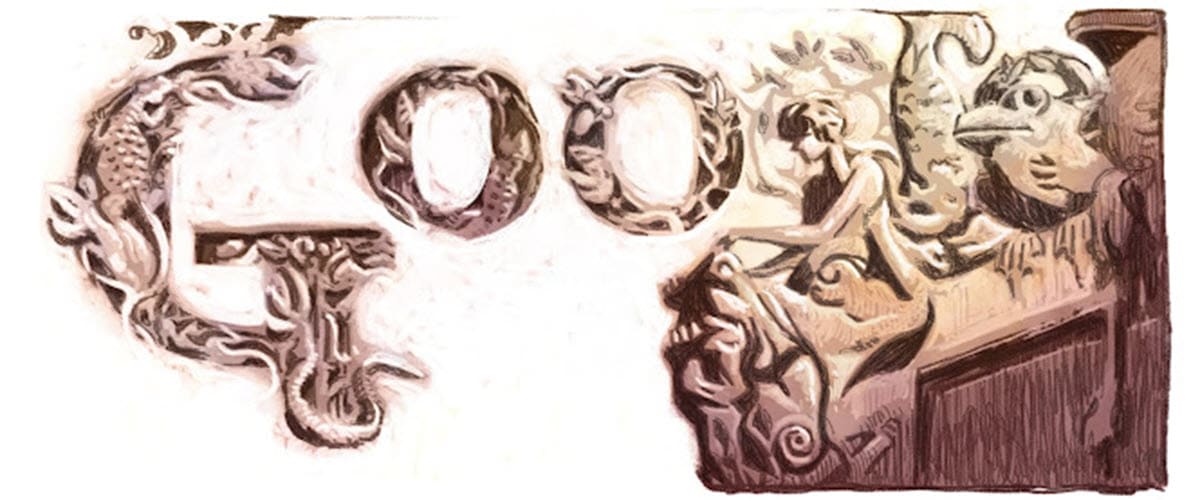Verses in Stone: Exploring the Dual Legacy of Vladislav Gorodetsky

Image Courtesy: Google Doodle
Vladislav Gorodetsky (4 June 1863 — 3 January 1930) was a Polish architect active in the Russian Empire and later in the Second Polish Republic. He is best known for his contributions in the urban development of Kyiv, with buildings such as the House with Chimaeras, the St. Nicholas Roman Catholic Cathedral, the Karaite Kenesa, and the National Art Museum of Ukraine.
Life and Career
Horodecki was born into a noble Polish szlachta family of the Kornic coat of arms in the village of Szołudki on 4 June 1863. His ancestors were big landowners in the Podillia region. Horodecki graduated from the Imperial Academy of Arts in St. Petersburg in 1890, while prior to that he finished a realschule in Odesa. After 1890, Horodecki moved to Kyiv, where he lived for almost 30 years.
In 1928, on the invitation of the company ( Henry Ulan & Co.), Horodecki moved to Tehran, becoming a chief architect of the Syndicate on the Design of Persian Railways. He designed in particular the building of the Tehran railway station. On 3 January 1930, he died and was buried at Doulab Catholic Cemetery in Tehran.
Award and Legacy
One of Kyiv’s streets, designed by Horodecki, (between Maidan Nezalezhnosti and House with Chimaeras) was named after him in 1996 as vulytsia Arkhitektora Horodetskoho. The street had been called ulitsa Nikolayevskaya, and in Soviet times it was known as vulytsia Karla Marksa, after Karl Marx. On 4 June 2013, Google celebrated Vladislav Gorodetsky’s 150th Birthday with a doodle.
Observer Voice is the one stop site for National, International news, Sports, Editor’s Choice, Art/culture contents, Quotes and much more. We also cover historical contents. Historical contents includes World History, Indian History, and what happened today. The website also covers Entertainment across the India and World.
Follow Us on Twitter, Instagram, Facebook, & LinkedIn

